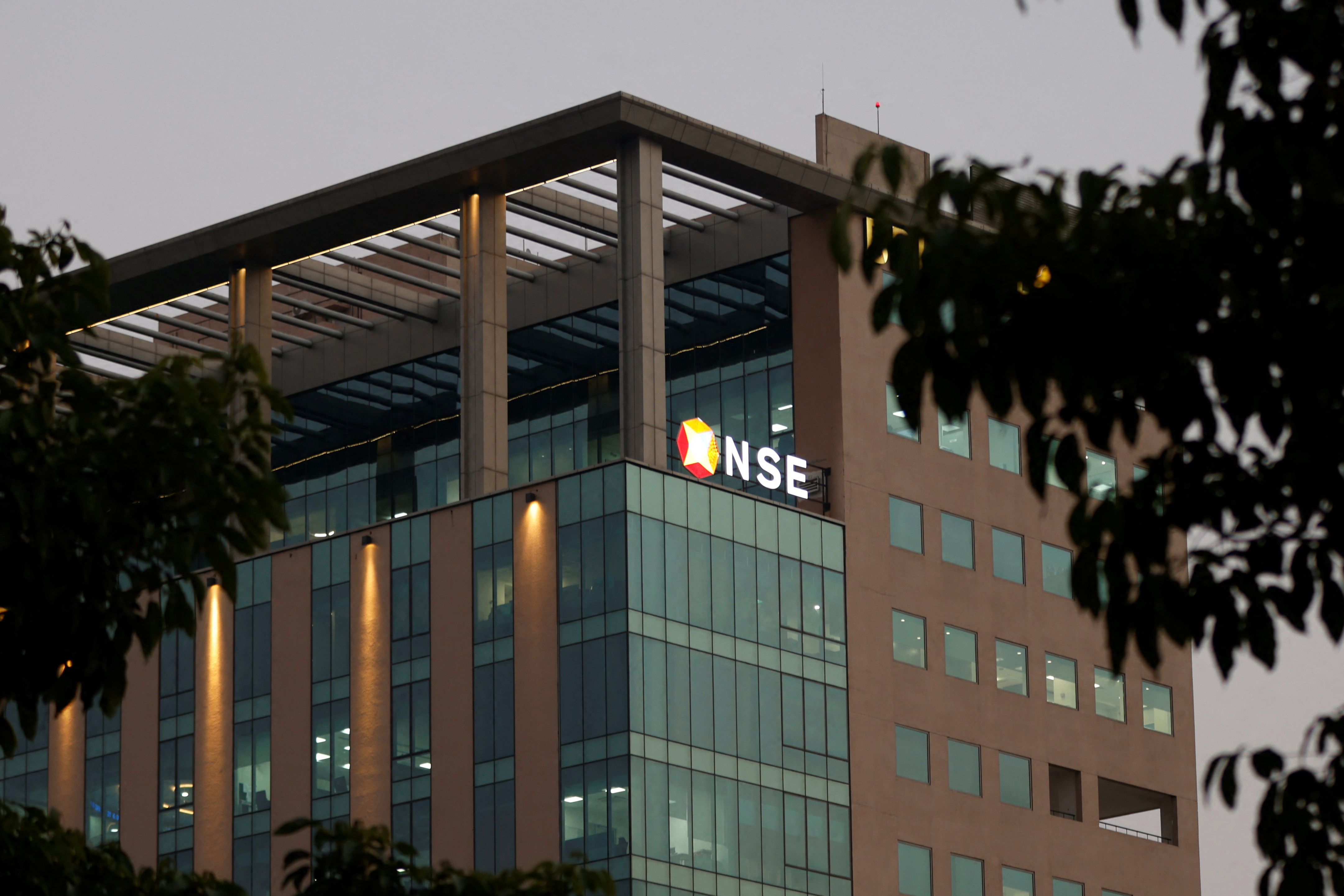Deepfake Technology: A New Frontier in Financial Fraud in Hong Kong
In a groundbreaking case of financial deception, criminals have utilized deepfake technology to orchestrate a multi-million-dollar fraud in Hong Kong.
Published February 07, 2024 - 15:02pm
A financial employee in Hong Kong fell victim to a sophisticated scam, forfeiting $25 million to a gang after attending a video conference that used deepfake technology to mimic the company's CFO and several colleagues. The Hong Kong police are currently delving into this elaborate fraud that acquired 200 million Hong Kong dollars ($25.6 million US) by impersonating the company's management during a video call with a company financial employee.
The fraudsters initially targeted the employee through an email from the company's CFO in the UK. Although the message entailed a 'confidential transaction' worth 200 million Hong Kong dollars, the man suspected a phishing attack. However, this suspicion dissipated when invited to a video call with the CFO and other colleagues. Unbeknownst to the man, the familiar faces and voices in the video call were in fact deepfake constructs made to resemble the company's employees.
Feeling reassured that he was acting upon his financial manager's request, the financial worker transferred over $25.6 million to the fraudsters' account while continuing with his work. 'They used deepfake technology to imitate the voices of their targets reading from a script,' stated senior superintendent Boone Chan Shun-Ching, highlighting this case as the first in Hong Kong where the victim was deceived in a 'multi-person video conference.'
Only when the employee verified the transaction with the head office did the fraud come to light, as nobody else was aware of any such deal. With deepfake and voice cloning becoming increasingly common in recent years, the technology has achieved a level where it's challenging for most people to differentiate between real individuals and digital clones.
Furthermore, the police in Hong Kong have arrested six individuals related to this scam, unveiling that the culprits also stole eight identity cards, registered 54 bank accounts, and applied for 90 loans in 2023. They even deceived facial recognition software in at least 20 instances using deepfake tech. The extensive use of deepfake technology marks a growing concern over AI advancements; in January, public figures like Taylor Swift and President Joe Biden fell victim to deepfake frauds.
The scourge of deepfake technology has raised alarm bells across the world with financial institutions and law enforcement agencies scrambling to bolster their defenses. The $25 million heist in Hong Kong is a stark reminder of the evolving threats in cyber security. This elaborate ruse serves as a pertinent case study in corporate fraud, prompting experts to call for more rigorous verification processes and employee training in recognizing such sophisticated schemes.
In response to the alarming incident in Hong Kong, cybersecurity professionals underscore the importance of multi-factor authentication and education in thwarting such high-tech cons. They advocate for a comprehensive strategy, combining technological safeguards with informed human vigilance. Similar to how cybersecurity has become an integral part of modern business operations, the ability to detect and respond to deepfakes is quickly becoming a necessary skill set for employees at all levels.
Law enforcement agencies around the globe are beginning to adapt their investigative techniques to counter the threat posed by deepfakes. In Hong Kong, the police have launched a city-wide alert, cautioning businesses about the sophisticated nature of such attacks, and they have initiated specialized training for their cybercrime units. Collaboration with international cybersecurity experts and law enforcement partners is also helping to develop global strategies to combat these crimes.
The financial employee’s case is not isolated. In recent times, numerous reports have emerged of deepfake technology being used for nefarious purposes such as inserting individuals into compromising situations, creating false endorsements, and even impersonating politicians to spread misinformation. The technology has evolved from a tool for creating entertaining content to a weapon that can undermine personal reputations and democratic processes, as well as compromise corporate and national security.
Financial institutions are now reevaluating their internal controls and encouraging a culture of skepticism when dealing with requests involving substantial monetary transactions. The Hong Kong incident exemplifies the necessity for businesses to adopt 'zero trust' security models, where verification is required irrespective of the apparent seniority or identity of individuals involved in communications.
Regulatory bodies have begun to explore legislation to deter the malicious use of AI-generated deepfakes. In addition to criminalizing the creation and distribution of deceptive deepfakes, there are calls for establishing clear legal frameworks that define consent and authorization in digital communications. This would aid in easily identifying and prosecuting fraudulent activities.
The technology sector is also at the forefront of developing countermeasures to deepfakes. Artificial Intelligence firms are devising new algorithms capable of detecting subtle inconsistencies in digital content that suggest manipulation. These innovations are not only important for the security sector but are also valuable tools for media outlets and the general public to verify the integrity of visual content.
Education and public awareness are vital in mitigating the impact of deepfake scams. Organizations are investing in training programs to educate employees on the nature of these threats. They emphasize the need for a critical eye towards video and audio content and promote the practice of cross-referencing information through alternative, secure channels before taking any significant action.
As technology continues to advance, the cat-and-mouse game between cybercriminals and those looking to stop them waxes on. The $25 million scam in Hong Kong may be a precursor to more sophisticated attacks in the future. This portends that companies must remain vigilant, constantly updating their arsenal of defensive measures, and fostering an environment where security is everyone's responsibility.
While arrests have been made in the Hong Kong case, the investigation continues, and the global finance community watches on anxiously. The broader implications of this incident are clear: it is a wake-up call to the dire need for upgraded security protocols and the global cooperation required to tackle the rising tide of deepfake-enabled crime.







